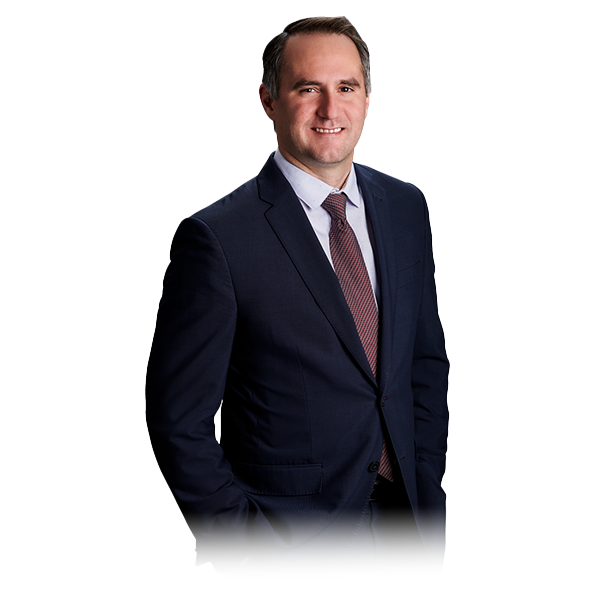The recent Court of Appeal case of Sanzone v. Schechter raises questions about the timing for serving expert reports. It also provides clarity over the concept of “participant experts”, a term first used by the Court of Appeal in Westerhof v Gee Estate. Although Sanzone v. Schechter was a malpractice case, the same strategic concerns arise in product liability and other insurance litigation scenarios.
The Facts
The self-represented plaintiff, Sanzone, commenced a malpractice action in 2011 against dentists for dental surgery performed in 2009. A summary judgment motion was heard in July 2015 to dismiss the claim unless expert evidence was produced by the plaintiff. The motion judge found that the evidentiary burden to establish the breach of standard of care provided by the dental surgeons rested with the plaintiff. Sanzone had filed an affidavit outlining the issues she faced as a self-represented litigant as well as a letter “from a qualified dentist”, Dr. Shafer, that was found inadmissible as expert opinion. She did not include an expert report in her responding motion materials and summary judgment was granted on the grounds that “in the absence of a supporting expert opinion, a plaintiff has no hope of success in a medical malpractice action and the action must be dismissed.” (Claus v. Wolfman (1999), 52 O.R. (3d) 673 (S.C.), aff’d (2000), 52 O.R. (3d) 680 (C.A.) and Cassibo v. Bacso, 2010 ONSC 6435, [2010] O.J. No. 5150 ).
The Appeal
Sanzone appealed the motion on the basis that as a self-represented litigant with no legal background, she should be granted more leeway. As well, she considered the letter she submitted from the dentist to be expert opinion.
The Court of Appeal found the motion judge had not erred in ruling Dr. Shafer’s letter inadmissible.
In the present case, Dr. Shafer was not a participant expert, and his letter of July 27, 2014 did not meet the requirements of rule 53.03: it lacked a proper statement of his qualifications; it did not set forth the reasons for his opinion in the depth required by rule 53.03(2.1)(6); nor was it accompanied by an acknowledgement of expert’s duty.
The Court of Appeal, however, did take issue with whether the defendant’s success was fair given the circumstances.
Although, the court noted that a self represented litigant does require accommodation by the judge because of an unfamiliarity with the legal process, they more importantly found that the defendants had improperly used Rule 20 of the Rules of Civil Procedure:
In my view, the respondent dentists attempted to use rule 20 as a means to unfairly accelerate the delivery of an expert’s report by the appellant. Rule 53.03(1) requires a party who intends to call an expert witness at trial to serve a report “not less than 90 days before the pre-trial conference.” In the present case, no pre-trial conference date had been set.
The court found this placed an undue and unreasonable burden on the appellant to produce a report quickly and overturned the motion judge’s decision.
Secondly, the Court of Appeal held the cases put forwarded by the respondents could not trump the line of case law that requires defendants to “file evidence on the merits of their defence, including expert reports.”
…when the respondents brought their summary judgment motion, the appellant was not in default of her obligations under the rules regarding the delivery of an expert’s report. By resorting to rule 20 to compel the self-represented appellant to deliver an expert report, without meeting their own evidentiary obligations as moving parties under the rule, the defendants used the rules in a procedurally inappropriate manner.
The Court of Appeal allowed the appeal, dismissed the motion and awarded the appellant costs.
Conclusion
This decision raises the issue of when counsel has to make that tough strategic choice to disclose an expert report. This issue is as relevant in product liability cases as it is in professional negligence actions. Where an expert engineering report is essential to prove product failure, the strength of the expert report will make or break the case. The application to other insurance cases is also easily seen.
Product liability cases raise another unique issue given the sheer number of defendants where, in general, a product passes through the chain of suppliers, manufacturers, distributers and retailers, all of whom will be produced for discoveries. Without seeing the theory of the plaintiff’s case through an expert report, it is difficult for defence counsel to seek expert input in drafting pointed, focused, and material discovery questions.
Similarly, early disclosure of a compelling expert report may assist in achieving an early resolution to the litigation even prior to discoveries.
At the end of the day, the balance lies between early disclosure to move for summary judgment and late disclosure to avoid summary judgment. I leave it to the reader to determine if the Court of Appeal would have reached the same conclusion had the appellant been represented by a top notch plaintiff firm, rather than self-represented.
If you have any questions or comments about this blog or need help with a product liability file, please contact Shanti Barclay or our Product Liability Team













